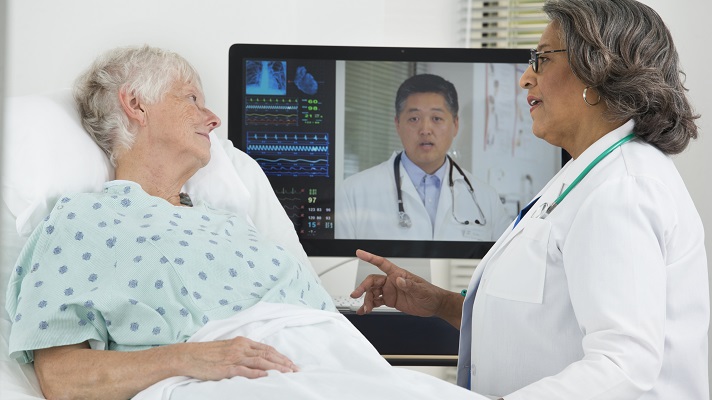Cancer care is inherently complex, but technology has the potential to simplify the process of caring for cancer patients.
Kathy Dalton Ford, Chief Product and Strategy Officer at Ronin, a developer of clinical oncology software, believes that virtual care and other technologies can significantly improve cancer care when properly integrated. In a recent interview, Ford discussed the suitability of telemedicine for oncology, the benefits of integrating electronic-reported outcomes (ePROs) with electronic health records (EHRs), and more.
1. Cancer treatment often involves making patients sicker to ultimately make them better. Telemedicine is typically best suited for low-acuity situations where live video interactions are not essential. However, cancer patients, especially those experiencing adverse events, can benefit from secure asynchronous communication methods. ePROs complement traditional telehealth by offering precise symptom reporting and context. Patients can report side effects following treatment, receive guidance, and better understand their symptoms.
2. Telemedicine can involve synchronous or asynchronous communication. For instance, if a nurse or physician is currently attending to another patient, they can provide care in real-time and address messages from other patients asynchronously when available. This approach minimizes clinician burden and enhances patient care. In contrast, traditional asynchronous tools, like portals, can be inefficient and require additional manual intervention. ePROs streamline communication, offering efficient and context-specific information back and forth between patients and care teams.
3. Integration is essential for convenience and security. Clinicians prefer tools embedded within the EHR workflow to ensure patient data privacy. Automatic synchronization of patient-reported symptoms from the ePRO app to the EHR is crucial. This seamless integration reduces the need for manual intervention, streamlines workflow, and enhances patient safety and satisfaction.
4. The integration of ePROs has been highly beneficial for both patients and clinicians. It enables continuous patient engagement, helps manage expectations, and prevents unnecessary office visits. The ability to intervene promptly, conveniently, and preemptively improves patient safety, outcomes, and satisfaction. In locations with heavy traffic, like Southern California, the platform saves patients from long commutes. The application fosters personalized communication, empowers patients to document relevant information, and facilitates productive conversations between patients and providers. It’s a valuable tool for preventing avoidable emergency department visits and enhancing patient outcomes.
In summary, integrating telehealth with EHRs, coupled with the use of ePROs, holds great potential for simplifying and improving cancer care, offering benefits for both patients and clinicians.




